There’s a special kind of magic that happens when you take your easel out of the studio and into the wild. It’s a full-sensory experience. The warmth of the sun on your back, the whisper of wind through the grass, the ever-shifting light that forces you to paint with intention and speed. This is the heart of Plein Air Painting, a tradition that has captivated artists for centuries. It’s not just about capturing a scene; it’s about capturing a moment, a feeling, an atmosphere. It’s you, your paints, and the world in a raw, unfiltered dialogue.
But where do you go to have this dialogue? The world is a massive canvas, and choosing a spot can feel overwhelming. You’re not just looking for a pretty view. You’re looking for a place with character, a place with that certain *light*. A place that challenges you and inspires you in equal measure. Forget staring at a photograph. We’re talking about places that demand your presence, that reward you for showing up with your pochade box and a sense of adventure. This guide is for you—the artist ready to pack their brushes and chase the light across the globe. We’ll explore some of the most iconic, breathtaking, and artist-friendly destinations to set up your easel.
Key Takeaways
- Preparation is Paramount: A well-packed, lightweight kit is crucial for a successful painting trip. Don’t forget essentials beyond art supplies, like sun protection and water.
- Chase the Light: The quality of light defines a location. Destinations like Provence and Tuscany are famous for their warm, golden light, while Scotland offers dramatic, moody atmospherics.
- Embrace the Location: Each destination offers unique challenges and rewards. Be prepared to adapt to changing weather, fleeting light, and the specific terrain of your chosen spot.
- It’s a Journey: Plein air painting is as much about the experience as the final product. It’s about connecting with nature and honing your observational skills.
First Things First: Gearing Up for Your Adventure
Before we jet off to sun-drenched fields or misty mountains, let’s talk gear. The biggest mistake you can make is overpacking. Remember, you have to carry everything to your chosen spot, which might be a good hike from your car or lodging. The goal is efficiency and portability. Think like a backpacker who happens to be an artist.
Your setup will depend on your medium, of course, but a few universals apply. You need a sturdy but lightweight easel. French easels are classic but can be heavy. Many artists today swear by pochade boxes that mount on a standard camera tripod. They are compact, hold your palette and panels, and are an absolute dream for travel.
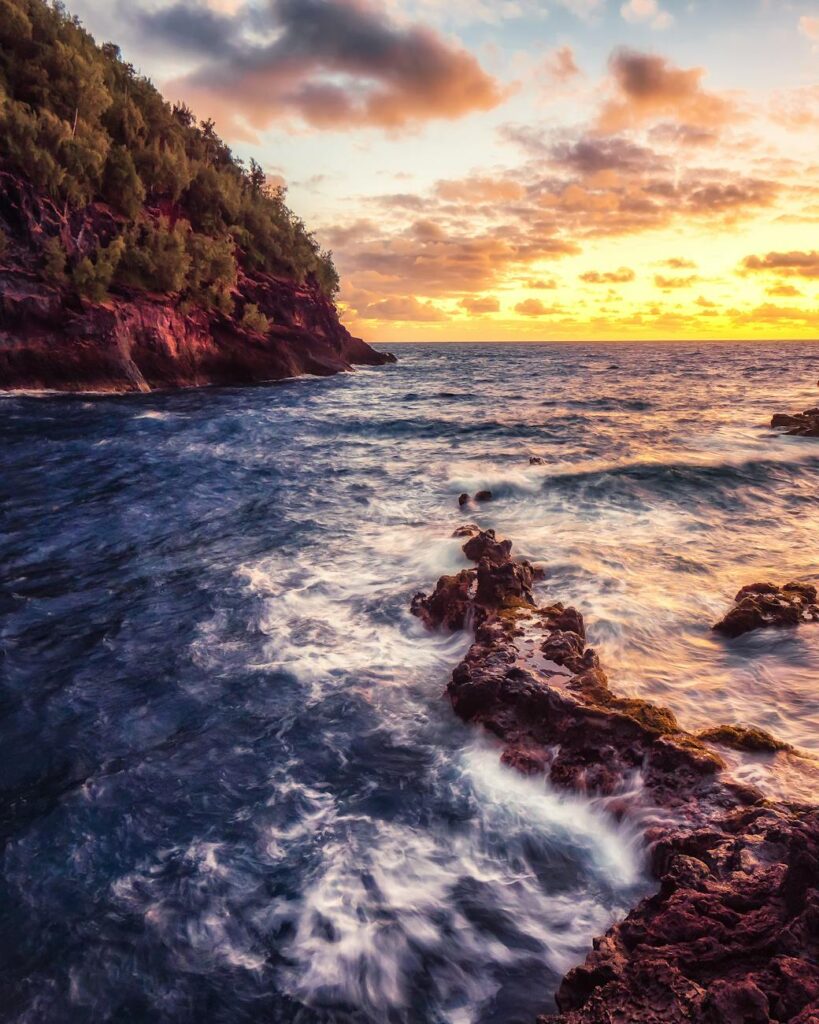
The Essential Plein Air Checklist
Here’s a non-negotiable list to get you started. Tweak it to your personal style, but don’t leave home without these basics:
- Portable Easel/Pochade Box: Your command center. Make sure it’s stable. A gust of wind can ruin a great start.
- Tripod: If your pochade box requires one. Get a sturdy, lightweight carbon fiber one if you can swing it.
- Limited Palette: Don’t bring every tube of paint you own. A split-primary palette (a warm and cool version of each primary color) plus Titanium White is more than enough to mix anything you see.
- Brushes and Palette Knife: Bring a variety of your favorites, but not the whole studio. A brush carrier is a lifesaver.
- Panels/Canvas: Smaller is often better for travel and for capturing a scene quickly. 6×8, 8×10, or 9×12 inches are popular sizes. Panel carriers that let you transport wet paintings without smudging are a must.
- Solvent and Medium: If you’re an oil painter, use a sealed, leak-proof container for your solvent (like Gamsol). And bring only a small amount of medium.
- Paper Towels & Trash Bag: Pack it in, pack it out. Leave no trace. This is non-negotiable.
- Viewfinder: A simple piece of cardboard with a rectangle cut out of it. It’s invaluable for finding and committing to a composition.
- Artist’s Umbrella: One that can clamp to your easel. This is not for rain; it’s to keep the sun off your canvas and palette. Direct sunlight will cause glare and throw off your color perception.
- Personal Items: Sunscreen, a wide-brimmed hat, insect repellent, water, and snacks. Painting is physical work. Take care of yourself.
The World’s Canvas: Best Destinations for Plein Air Painting
Alright, with our bags packed, let’s explore some of the places that have been calling to artists for generations. Each one offers a unique palette, a different quality of light, and a new set of beautiful challenges.
Provence, France: The Land of Light and Lavender
You can’t talk about Plein Air Painting without talking about Provence. It’s the spiritual home of the practice. This is where artists like Cézanne and Van Gogh found their muse, and it’s easy to see why. The light here is legendary. It’s a crisp, brilliant light that makes colors vibrate. It’s the kind of light that can turn a simple field of sunflowers into a masterpiece.
The best time to visit is late June or early July when the lavender fields are in full, fragrant bloom. The Valensole Plateau is a must-see, with its endless rolling waves of purple. But Provence is more than just lavender. There are the ochre cliffs of Roussillon, which glow with fiery reds, oranges, and yellows. There are the charming hilltop villages like Gordes, with their stone houses and winding streets. There’s Mont Sainte-Victoire, the mountain Cézanne painted over and over, trying to capture its eternal essence. Painting here is like stepping into art history. You can almost feel the ghosts of the masters painting alongside you.
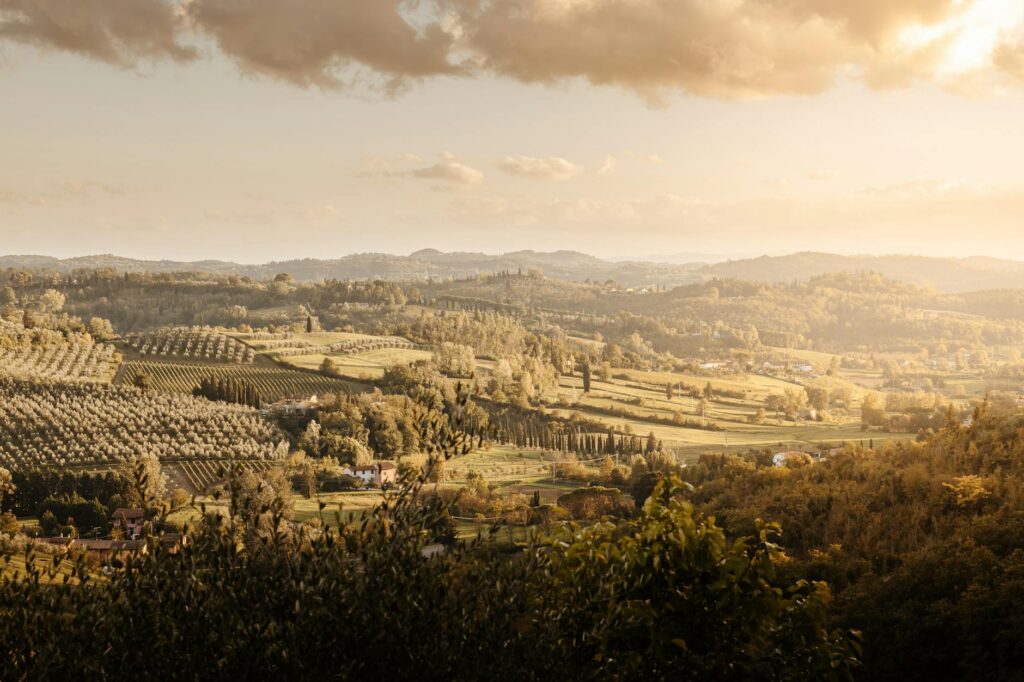
Sedona, Arizona, USA: Red Rocks and Spiritual Skies
If Provence is about soft, romantic light, Sedona is about raw, dramatic power. The landscape is otherworldly. Giant red rock formations—Cathedral Rock, Bell Rock, Courthouse Butte—jut out of the desert floor like ancient monuments. The color palette is intense: deep siennas, fiery oranges, and rich purples against a backdrop of the most brilliant turquoise sky you’ve ever seen.
The real show, however, happens during the golden hours. The first light of sunrise and the last light of sunset set the rocks ablaze. The light changes by the second, forcing you to make quick, decisive brushstrokes. It’s a challenge, for sure. You have to work fast to capture the fleeting magic. The desert air is clear and dry, which means shadows are sharp and well-defined, creating powerful abstract shapes for your compositions. Be prepared for the elements. The sun is intense, so an umbrella and plenty of water are essential. But the reward is capturing a landscape that feels truly alive, buzzing with a unique energy that many find deeply spiritual.
‘The purpose of art is washing the dust of daily life off our souls.’ – Pablo Picasso. A trip to any of these locations is a perfect way to do just that.
Tuscany, Italy: Rolling Hills and Rustic Charm
Tuscany is a landscape poem. It’s a place of sublime, man-made beauty that has settled perfectly into nature over centuries. Think of the quintessential Italian scene: rolling hills bathed in a soft, golden light, a winding road lined with majestic cypress trees, a stone farmhouse nestled among olive groves and vineyards. That’s Tuscany.
The Val d’Orcia region, a UNESCO World Heritage site, is particularly stunning. The light here is softer than in Provence, with a warm, hazy quality that unifies the landscape. It’s a dream for artists who love atmospheric perspective, as the distant hills fade into beautiful layers of blue and violet. It’s a place that teaches you about composition. The gentle S-curves of the roads, the vertical accents of the cypress trees, and the long, horizontal lines of the hills create a natural harmony. You’re not just painting a scene; you’re painting a composition perfected by generations of farmers and nature itself. It’s impossible not to feel the weight and beauty of the Renaissance here, and your work will be better for it.
The Scottish Highlands, UK: Moody Landscapes and Dramatic Weather
Let’s leave the sun-drenched landscapes behind for something completely different. The Scottish Highlands offer a raw, untamed beauty that is all about atmosphere. This isn’t a place of guaranteed sunshine and clear skies. It’s a place of drama. Of fast-moving clouds, sudden rain showers, and rainbows that appear out of nowhere. It’s a place where the weather is a character in your painting.
Painting in the Highlands is an exercise in capturing mood. Think of the misty lochs, the brooding mountains of Glencoe, the heather-covered moorlands that turn a brilliant purple in late summer. Your palette will shift to muted greens, earthy browns, and a thousand shades of grey. The challenge is to embrace the unpredictability. You might start a painting in sunshine and finish it in a downpour. This forces you to work from memory and feeling, not just pure observation. A good waterproof jacket is as important as your paintbrush here. But for the artist who loves drama, texture, and atmosphere, there is no place more rewarding. The paintings you create here will have a soulfulness and a sense of story that is hard to find anywhere else.
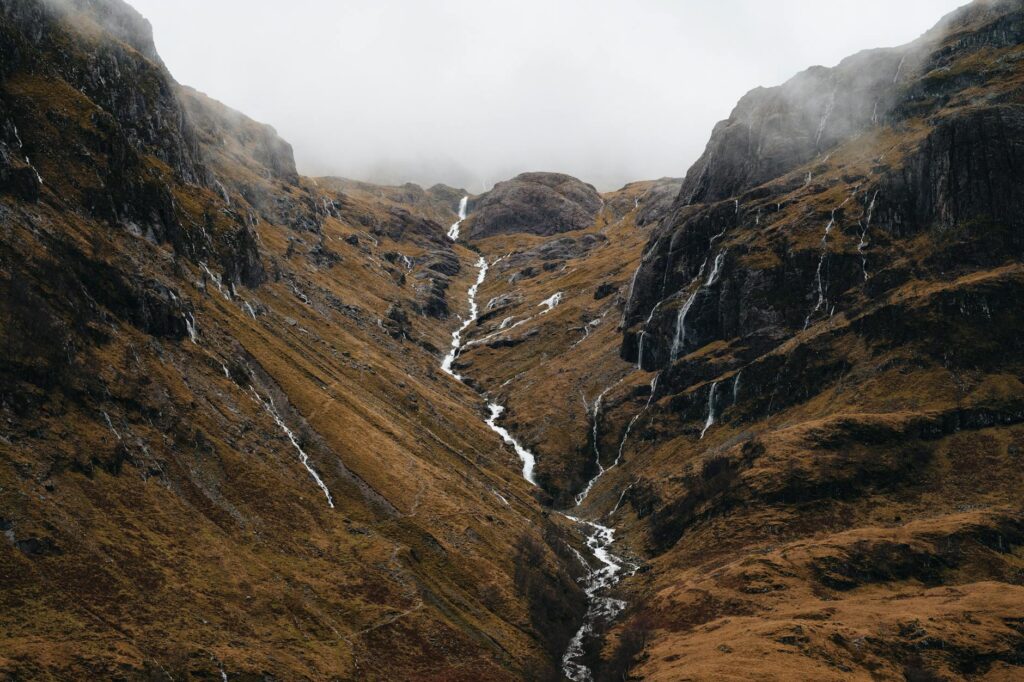
Big Sur, California, USA: Coastal Drama and Crashing Waves
For those who hear the call of the sea, there is Big Sur. This rugged stretch of California’s central coast is where the Santa Lucia Mountains plunge dramatically into the Pacific Ocean. It’s a landscape of extremes: towering cliffs, crashing turquoise waves, and the iconic Bixby Bridge spanning a deep canyon. It’s pure, unadulterated coastal drama.
The light here is constantly changing, influenced by the marine layer—the famous coastal fog. One moment you’re painting a sun-drenched cove, the next, a thick bank of fog rolls in, simplifying the scene into mysterious, abstract shapes and muting your colors. Learning to paint the fog is a skill in itself. It’s about soft edges and subtle value shifts. The challenge here is capturing the immense scale of the landscape and the constant motion of the water. You can’t paint every wave, so you have to learn to suggest the power and rhythm of the ocean. It’s a place that will teach you about simplifying complex scenes and making bold compositional choices. Pack layers of clothing, as the weather can change in an instant, and be prepared to be humbled by the sheer power of nature.
Final Brushstrokes: Tips for a Successful Trip
Wherever you decide to go, a few universal truths will make your experience better.
- Scout First, Paint Later: Don’t just plop your easel down at the first pretty spot. Spend some time walking around. Use your viewfinder. Look at a scene from different angles and at different times of day to see how the light changes.
- Simplify, Simplify, Simplify: The biggest challenge outdoors is the sheer amount of information. You cannot paint every leaf on every tree. Your job is to interpret, not to copy. Look for the big shapes, the main masses of light and shadow, and the overall color harmony.
- Race the Sun: The light changes fast, especially early in the morning and late in the afternoon. You have about a two-hour window before the shadows move dramatically. Work quickly and confidently. Start by blocking in your darkest darks and lightest lights to establish the value structure.
- Embrace the ‘Imperfections’: A bug might land in your paint. The wind might knock your canvas. A sudden shadow might fall across your subject. Don’t fight it. These are part of the story of the painting. They are what makes a plein air piece feel alive and authentic.
Conclusion
Plein air painting is more than a technique; it’s an experience. It’s a way to deepen your connection with the world around you and to grow immeasurably as an artist. Choosing a destination is just the first step on a lifelong adventure. Whether you’re drawn to the fragrant fields of France, the epic deserts of Arizona, or the misty mountains of Scotland, the important thing is to just go. Pack your paints, step outside, and see what the world wants to show you. Your best painting is waiting out there.
Frequently Asked Questions (FAQ)
What’s the best type of easel for plein air painting travel?
The best easel is a balance of stability, low weight, and compactness. For years, the ‘French Easel’ was the standard, but it can be heavy and bulky. Today, most traveling artists prefer a pochade box mounted on a sturdy camera tripod. Pochade boxes (from brands like Open Box M, Strada, or Guerrilla Painter) are compact, hold your palette and wet panels, and are significantly lighter. A good carbon fiber tripod will save even more weight, which your back will thank you for after a long hike to your painting spot.
How do you deal with bugs, wind, and changing weather when painting outside?
Ah, the joys of nature! For bugs, a good insect repellent is your first line of defense; some artists even use small, portable bug zappers or wear a head net in particularly buggy areas. For wind, make sure your easel is firmly planted and not top-heavy. Hanging your backpack from the center of your tripod adds weight and stability. Some artists use bungee cords to secure their setup. For changing weather, the key is preparation and attitude. Dress in layers, always have a waterproof jacket, and use an artist’s umbrella to block sun or light drizzle. Most importantly, embrace it! The changing weather is what makes plein air exciting. If the light changes drastically, either stop and start a new painting or work from your memory of the initial light effect.

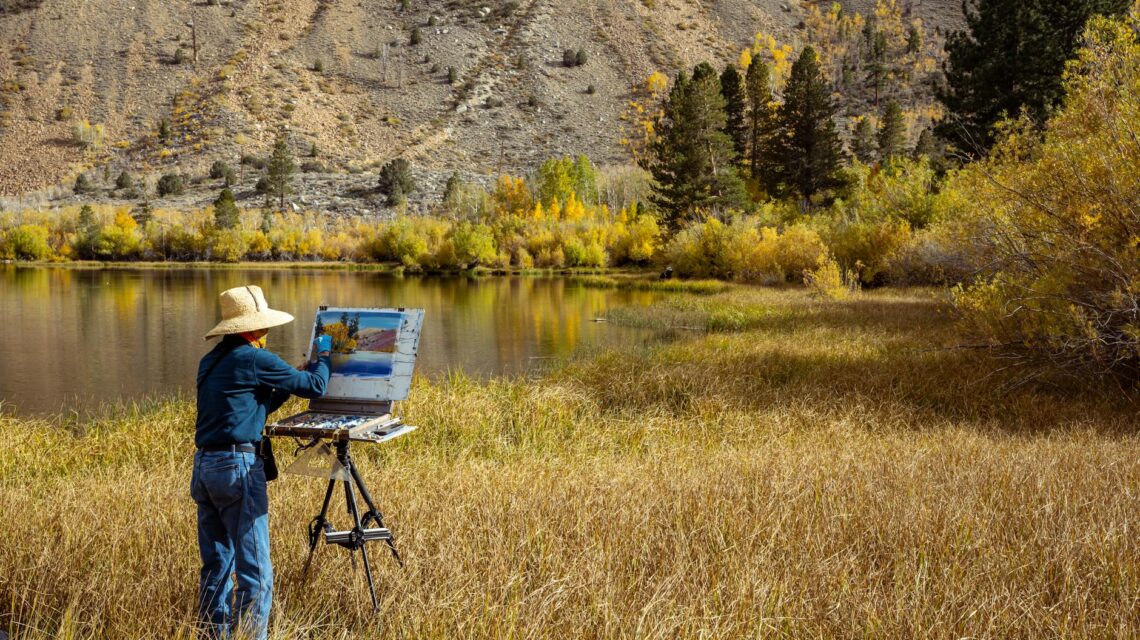

 Find Your Zen: The World’s Most Calming Hotel Lobbies
Find Your Zen: The World’s Most Calming Hotel Lobbies 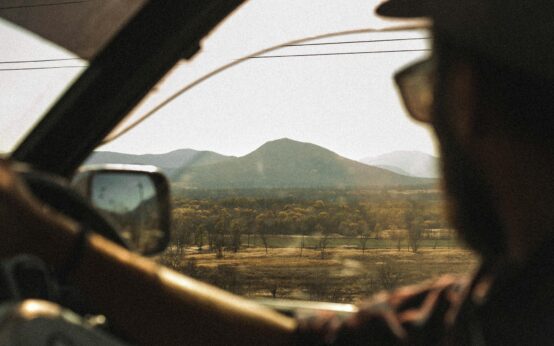 Find the Best Train Carriages for Quiet & Scenic Views
Find the Best Train Carriages for Quiet & Scenic Views  Hammock Reading: Finding Joy in Simple Pleasures
Hammock Reading: Finding Joy in Simple Pleasures  Create a Sensory Souvenir: Remember Your Trip Forever
Create a Sensory Souvenir: Remember Your Trip Forever 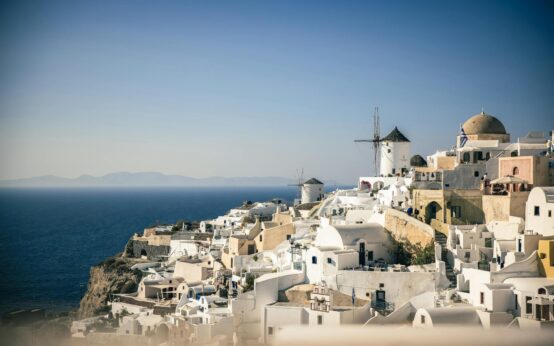 The Calming Colors of a Santorini Sunset Explained
The Calming Colors of a Santorini Sunset Explained 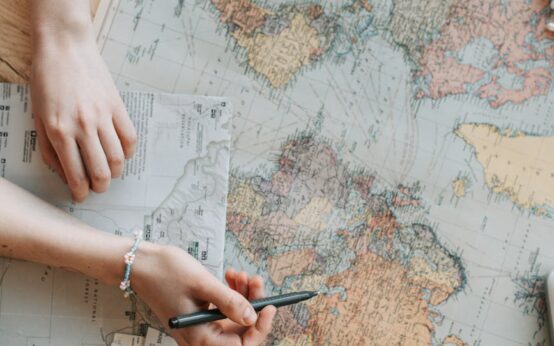 Discover the World’s Best Planetariums: A Guide
Discover the World’s Best Planetariums: A Guide  Backtest Crypto Trading Strategies: A Complete Guide
Backtest Crypto Trading Strategies: A Complete Guide  NFT Standards: A Cross-Chain Guide for Creators & Collectors
NFT Standards: A Cross-Chain Guide for Creators & Collectors 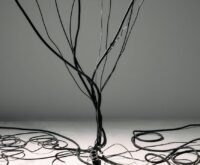 Decentralized Storage: IPFS & Arweave Explained Simply
Decentralized Storage: IPFS & Arweave Explained Simply  How to Calculate Cryptocurrency Taxes: A Simple Guide
How to Calculate Cryptocurrency Taxes: A Simple Guide  Your Guide to Music NFTs & Top Platforms for 2024
Your Guide to Music NFTs & Top Platforms for 2024  TradingView for Crypto: The Ultimate Trader’s Guide
TradingView for Crypto: The Ultimate Trader’s Guide